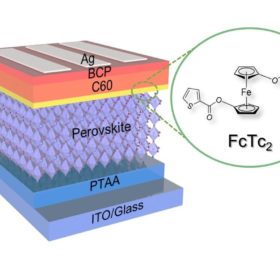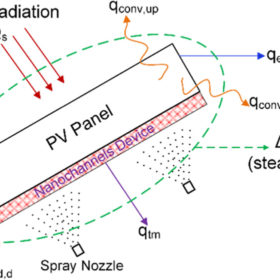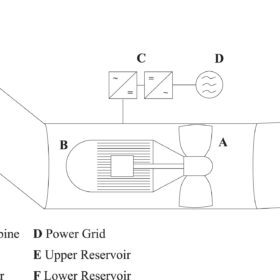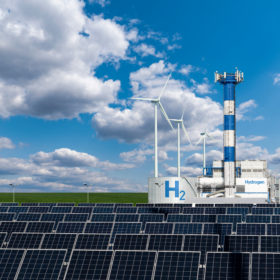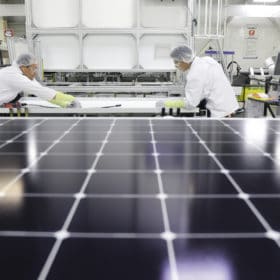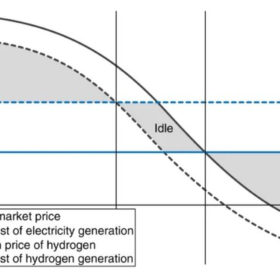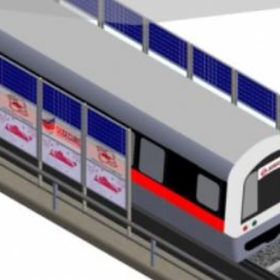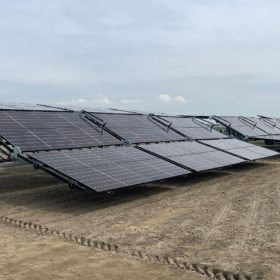Netherlands may reach 132 GW of solar by 2050
A new report from the Netherlands Organisation for Applied Scientific Research (TNO) shows the strong potential of photovoltaics in all scenarios for the country’s future energy mix. According to the Dutch experts, solar may reach between 55 GW and 132 GW by 2050.
Inverted perovskite solar cell with 25% efficiency
The cell is based on ferrocene and is claimed to retain more than 98% of its initial efficiency after continuously operating at the maximum power point for 1,500 hours under standard illumination conditions.
New solar module cooling tech based on porous nanochannels
US scientists have utilized a nanochannels device to cool down the operating temperature of a commercial PV module and have found that the proposed technique is able to improve power yield by up to 32.8%. Spray droplets are dispersed over the nanochannels device in order to eliminate the need for a continuous supply of a coolant.
Pushing the boundaries of low-head pumped hydro storage
Two different studies have highlighted the potential and challenges of low-head pumped hydro storage (PHS), which has so far never been implemented in real projects. Different main areas were identified for future research and an interesting levelized cost of storage was indicated for certain project configurations.
Dutch energy provider Essent uses photovoltaics to produce hydrogen
The hydrogen generation facility will be initially powered by a photovoltaic plant, but Essent may also add wind power for periods when the sun is not shining. The energy company also plans to deploy some battery storage capacity at the plant for the temporary storage of the surplus of solar power that cannot be immediately converted into hydrogen or supplied back to the grid.
Maxeon, Canadian Solar settle patent infringement lawsuit in Japan
In the lawsuit, Maxeon claimed that Canadian Solar infringed its Japan Patent No. JP6642841B2 for shingled solar modules.
Reversible fuel cells for backup power generation
Reversible fuel cell systems based on solid oxide cell (SOC) technology may become an efficient tool to cope with price volatility in the energy market, according to new research from Stanford. Through the proposed model, which mainly considered the electricity markets in Germany and Texas, the research group found that the reversible system may be competitive at current hydrogen prices, provided that there is sufficient variation in daily electricity prices.
South Korea tests photovoltaics on railroad noise barriers
Land-scarce South Korea is currently hosting a series of initiatives aimed at deploying solar on unused surfaces. The latest development comes from the city of Suncheon, which will test several photovoltaic railroad noise barriers based on bifacial PV modules.
Zinc-ion battery for residential applications
Developed by Canadian start-up Salient Energy, the zinc-ion battery has a rated capacity of 60 Ah, a nominal voltage of 1.3 V, and a volumetric energy density of 100 Wh/L. The device measures 26cmx24cmx1.2cm and weighs in at 1.3 kg
Mobile agrivoltaic system from the Netherlands
Created by a Dutch group of companies and research institutions, the mobile solar system may also be combined with an electrolyzer for hydrogen generation. Two prototypes are currently being tested by a farmer and a research institute in the Netherlands.


